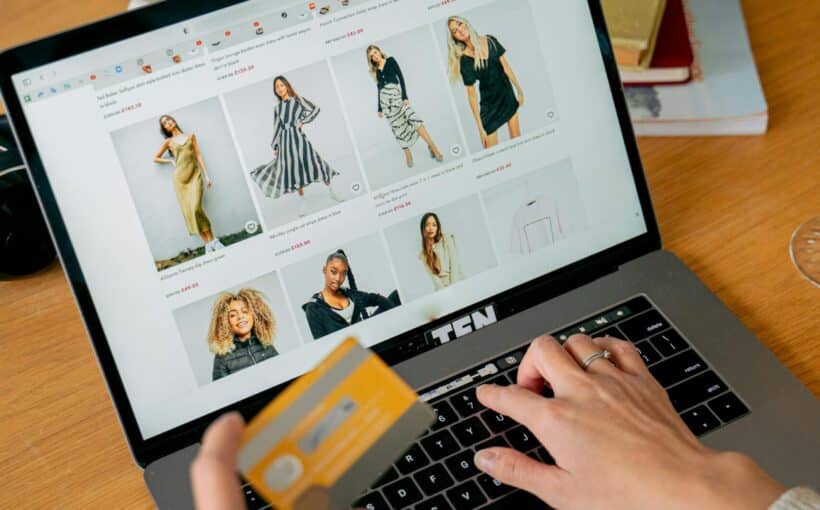If you’ve ever dreamed of making money online without stocking inventory, packing boxes, or draining your savings on upfront costs, drop shipping sounds like the perfect business model. Run a store without ever touching a product? Sounds like a dream, right?
But here’s the reality: Drop shipping in 2025 is not the wild west it used to be. Gone are the days when you could slap a random gadget on a Shopify store, run a few Facebook ads, and watch the cash roll in. Do it the wrong way, and you’ll be drowning in refund requests, angry emails, and one-star reviews faster than you can say “shipping times may vary.”
So… is drop shipping still a good business model?
The short answer: YES – but only if you do it the right way. The lazy, low-quality approach is dead. But with smart product selection, reliable suppliers, solid marketing, and an actual focus on the customer experience, drop shipping is still a profitable and scalable way to build an online business.
This definitive guide will show you how to start, how to avoid the biggest mistakes, and how to turn your store into a real income stream – whether you’re looking for a side hustle or a full-time business.
Let’s dive in – because if you’re going to do drop shipping in 2025, you might as well do it right.
What Is Drop Shipping and How Does It Work?
Drop shipping is a business model that allows you to sell products online without handling inventory. Instead of buying products upfront and storing them in a warehouse, you only purchase them from a supplier after a customer places an order. The supplier then ships the product directly to the customer.
Here’s how it works step by step:
- You create an online store and list products from a third-party supplier.
- A customer purchases a product from your store at retail price.
- You forward the order to your supplier, paying them the wholesale price.
- The supplier ships the product directly to the customer.
- You keep the profit – without ever touching the product.
Drop shipping is attractive because it has low startup costs, no inventory risks, and the flexibility to work from anywhere. But it’s not as simple as throwing up a store and waiting for money to roll in. The key to success lies in choosing the right products, finding reliable suppliers, and marketing effectively.
How to Get Started with Dropshipping in 2025
Starting a drop shipping business is relatively straightforward, but each step requires careful planning to maximize your chances of success.
Step 1: Choose a Profitable Niche
Many new drop shippers make the mistake of trying to sell everything in a general store. This is a surefire way to fail. Instead, you need to focus on a specific niche where people are actively looking for solutions.
Good niches typically fall into three categories:
- Problem-solving products – Items that make life easier or solve a specific issue.
- Passion-driven markets – Pet lovers, fitness enthusiasts, and hobbyists who buy repeatedly.
- Trending products – Items gaining popularity that haven’t saturated the market yet.
For inspiration, check platforms like Ecomhunt, Sell The Trend, and TikTok hashtags like #TikTokMadeMeBuyIt to see what’s catching attention.
Step 2: Find a Reliable Supplier
Your supplier makes or breaks your business. If your product takes six weeks to arrive, looks different from the listing, or breaks after one use, you’ll be dealing with a flood of refund requests and angry customers.
In 2025, the best supplier platforms include:
- Zendrop – Offers fast U.S. and international shipping.
- CJ Dropshipping – A great alternative for branding and private labeling.
- AliExpress (Use with Caution) – Only work with high-rated suppliers who offer fast shipping options.
- Printify or Printful – Perfect for custom, print-on-demand products like T-shirts, mugs, and phone cases.
Before selling anything, order a sample from your supplier. This helps you check the quality and gives you real product photos for your store.
Step 3: Set Up Your Online Store
Many new drop shippers get stuck in “website perfection” mode. Your store needs to look clean, professional, and trustworthy, but you don’t need to spend weeks tweaking colors and fonts.
Start by setting up a Shopify store – it’s the easiest platform for beginners. Choose a simple theme like Debutify or Dawn, add your product listings, and include high-quality images and descriptions.
Your product descriptions should sell benefits, not just features. Instead of writing, “16 oz stainless steel water bottle”, try something engaging like, “Keep your drinks ice-cold for 24 hours with this leak-proof, insulated water bottle – perfect for workouts, road trips, and everyday hydration.”
Trust signals are also crucial. Include customer reviews, shipping policies, and a clear refund policy to make your store feel legitimate.
Step 4: Get Traffic and Make Sales
Your store is live – now what? The biggest mistake new drop shippers make is assuming customers will magically find them.
In 2025, the most effective ways to drive traffic and sales include:
- TikTok & Instagram Reels – Create short, engaging videos showcasing your product in action. A single viral post can generate thousands of dollars in sales overnight.
- Facebook & Instagram Ads – Start with a small budget ($10/day) and test which products perform best.
- Pinterest Marketing – If your niche is in home décor, fashion, or crafts, Pinterest traffic is incredibly valuable.
- Influencer Marketing – Send free products to small influencers and let them promote for you. Micro-influencers (5K-50K followers) often convert better than huge accounts.
- SEO & Blogging – Write helpful content related to your niche. This builds organic traffic over time.
If you want the easiest, fastest way to get sales, focus on TikTok. In 2025, TikTok has become one of the top marketing platforms for e-commerce, and one viral video can outperform thousands of dollars in ad spend.
Avoid These Common Drop Shipping Mistakes
Many people jump into drop shipping thinking it’s a quick cash grab. While it’s a fantastic business model, there are plenty of ways to fail. Here’s what to watch out for:
- Choosing the wrong products – Research before you sell. Just because you like a product doesn’t mean it will sell.
- Ignoring shipping times – Customers expect fast delivery, and anything over two weeks can hurt your business.
- Poor product descriptions – A bland description won’t sell. Focus on benefits, not just features.
- Not testing your supplier – Ordering samples helps you avoid low-quality products and bad suppliers.
- Expecting overnight success – Most successful dropshippers test multiple products before finding a winning one.
How to Make Drop Shipping as Simple and Profitable as Possible
If you want to maximize success while minimizing effort, follow these shortcuts:
- Use Shopify with Zendrop for automation and fast shipping.
- Start with one or two winning products instead of hundreds.
- Leverage TikTok and Instagram Reels for free traffic before investing heavily in ads.
- Outsource customer service early to free up your time.
- Reinvest your first profits into testing new products and scaling your ads.
The simpler your store and strategy, the easier it will be to run and scale.
Is Drop Shipping Still Worth It in 2025?
Absolutely – but only if you do it right. Gone are the days of selling cheap junk with slow shipping. In 2025, the key to success is fast shipping, high-quality products, strong branding, and engaging video marketing.
If you approach drop shipping as a real business and put in the effort to create a great customer experience, you can build a profitable online income – part-time or full-time.
The only thing left to do? Get started. Pick a niche, find a winning product, and launch your store. The sooner you start, the sooner you’ll see results.
And with that in mind, let’s look at 10 drop shipping tips you will NOT find anywhere else…

